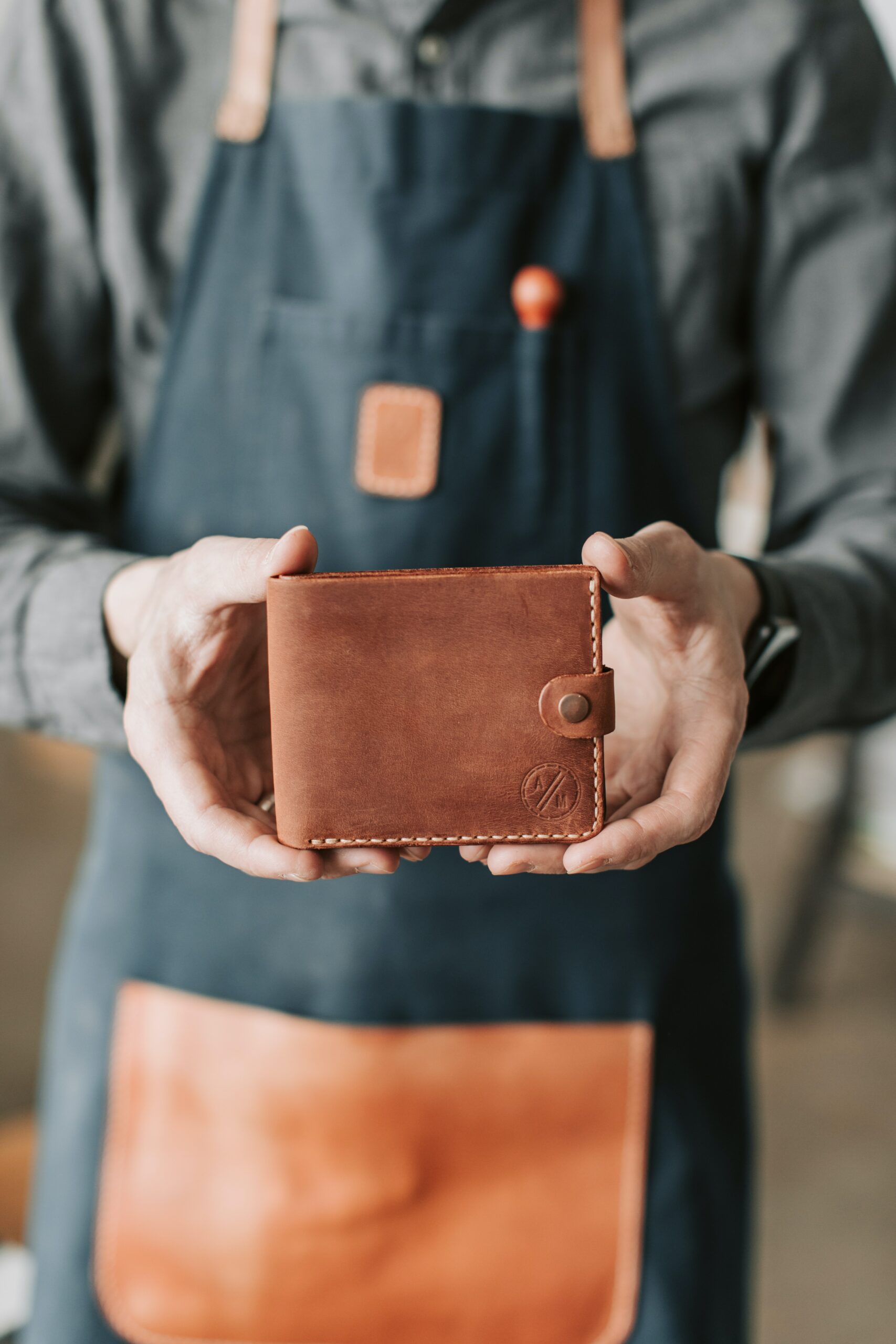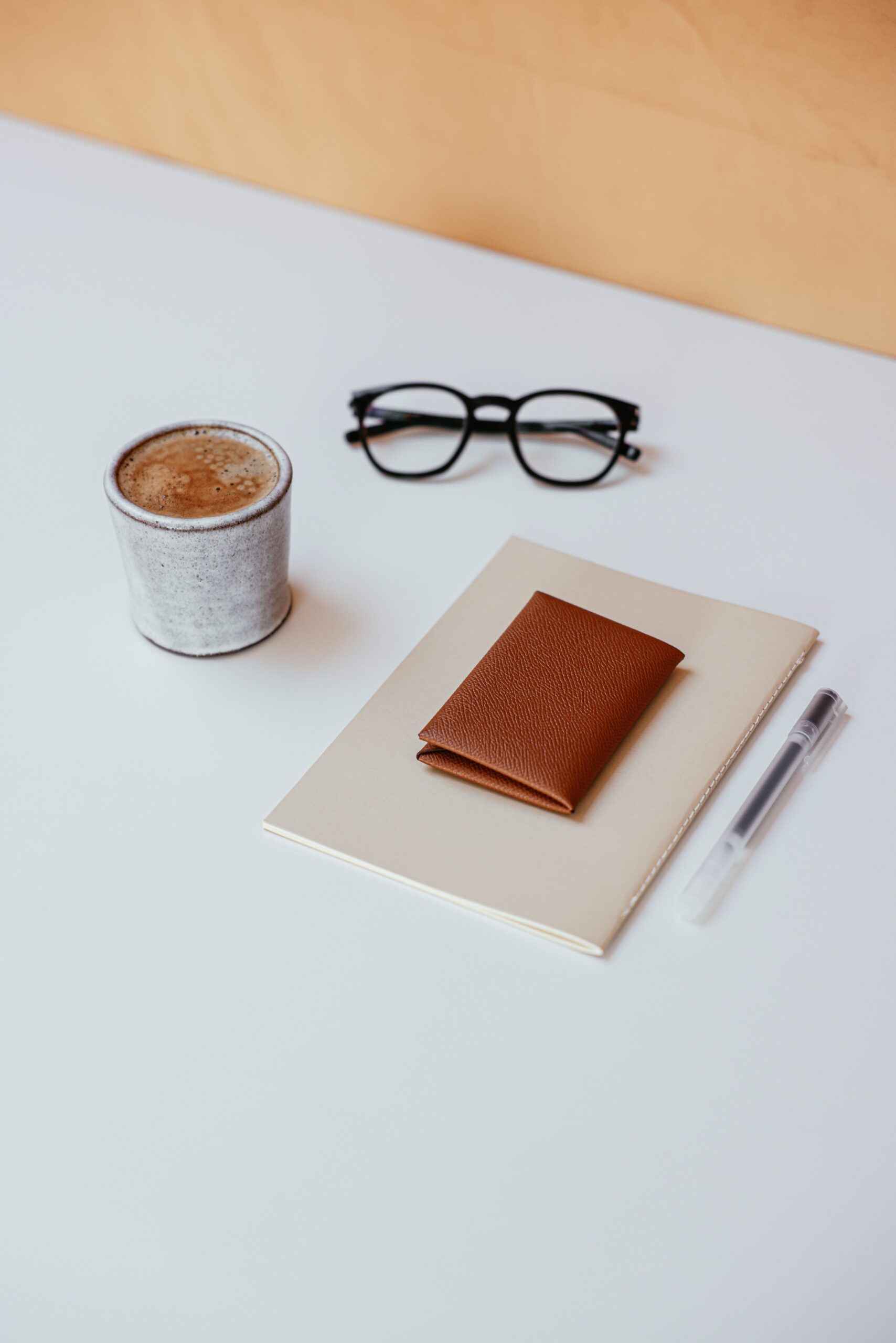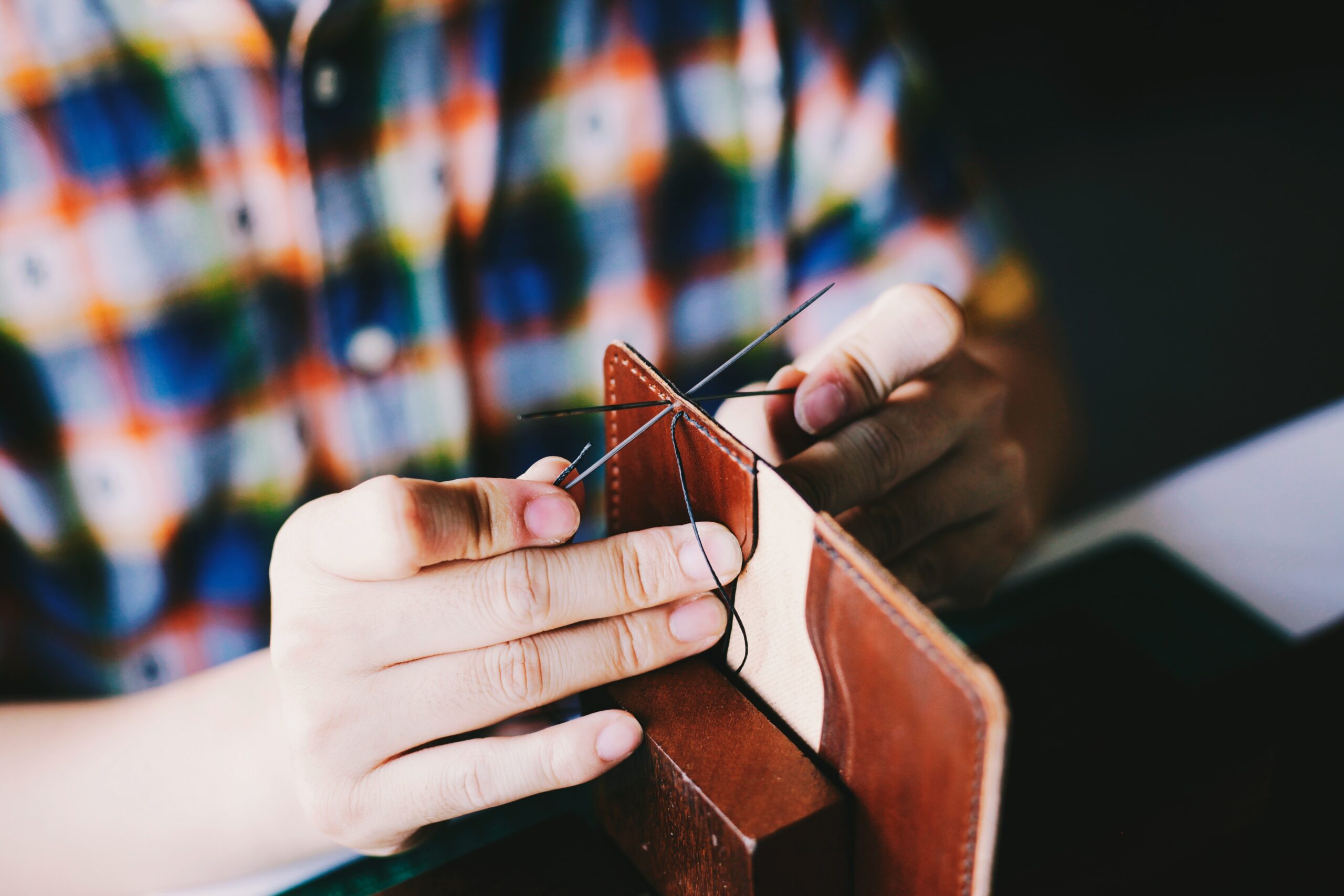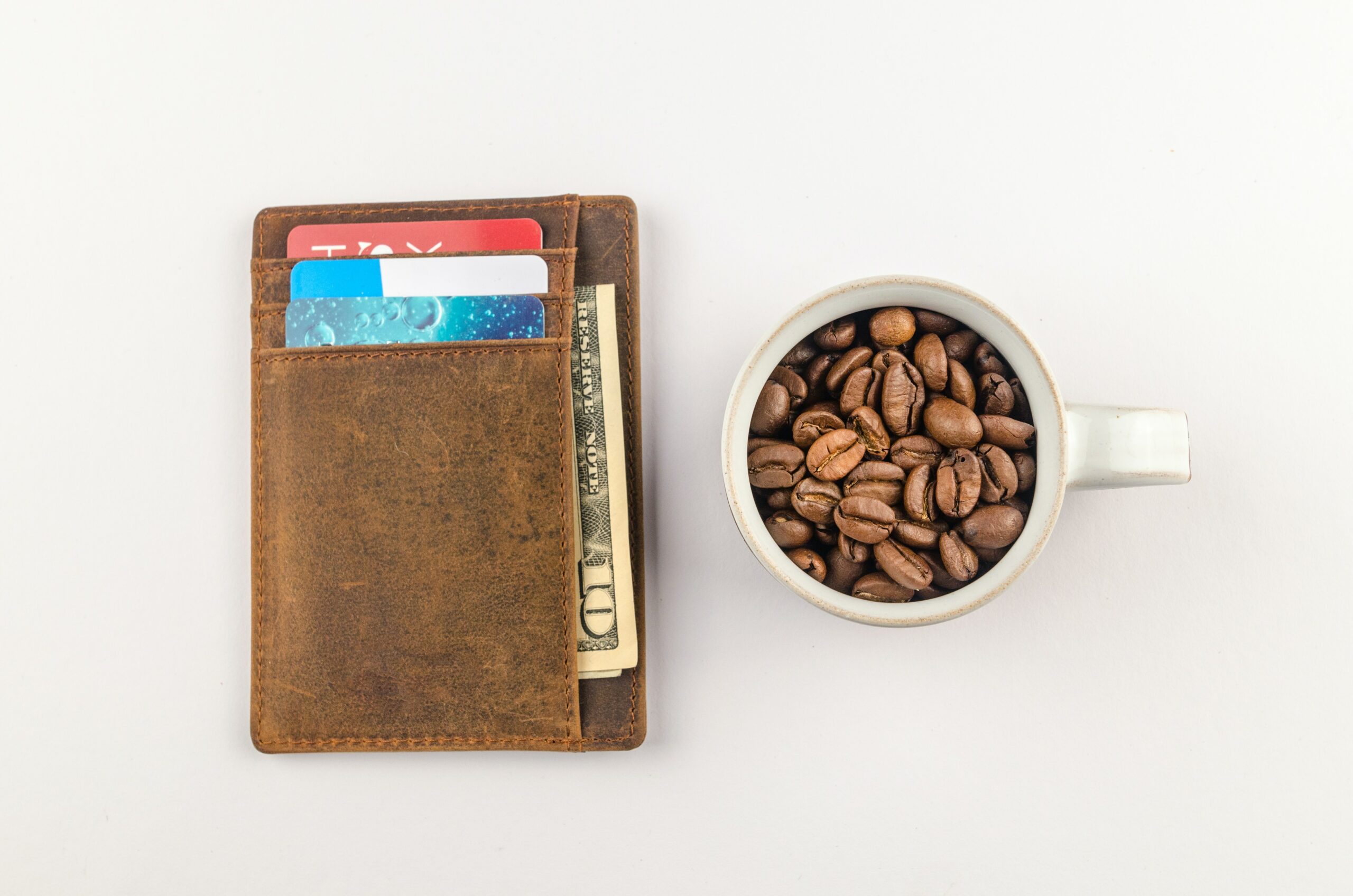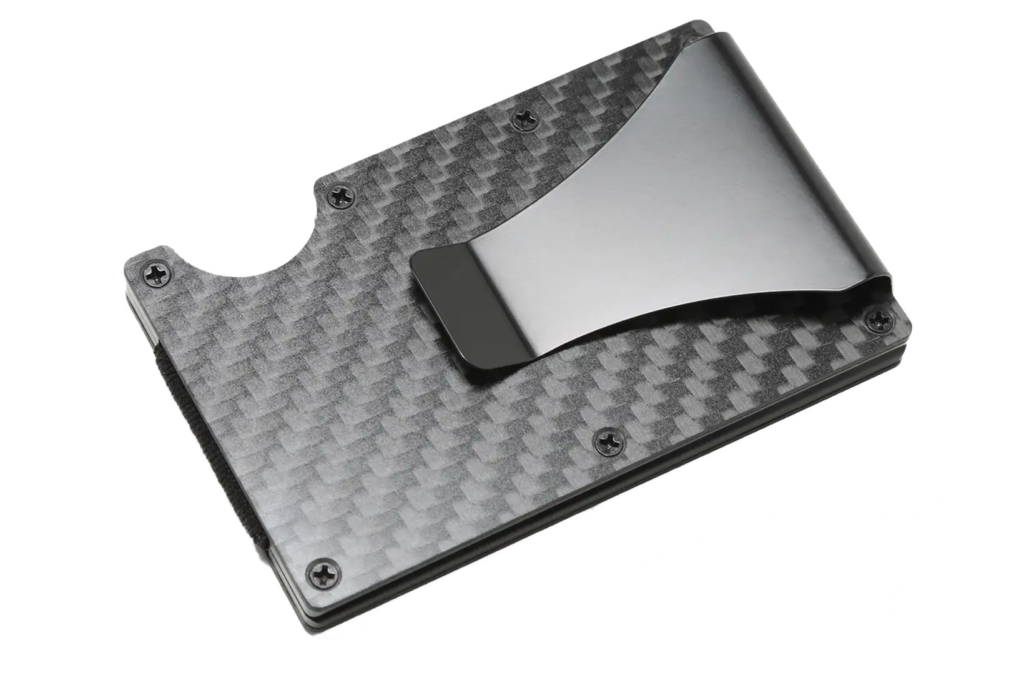A good wallet is functional, durable, and reflects your tastes. It also conveys quite a bit about you to others, indicating what you value and how you want others to perceive you.
The best wallets are slim rather than bulky and are made from high-quality, highly durable materials. While prices vary widely, mid-range wallets tend to be the best choice.
In this post, I’ll cover everything you should consider when selecting a wallet.
What color should a man’s wallet be?
Although wallets are available in various colors, the most popular and traditional colors are black and brown. Bold colors, such as blue, yellow, and red, sometimes come into style but usually become outdated quickly. Shades of brown and grey or black, by contrast, are classics that have withstood the test of time.
Style experts typically recommend purchasing a wallet in this color range since they complement almost any wardrobe and are appropriate for various situations. They are viewed as “the gentleman’s choice” since they convey professionalism and sophistication, yet they are also perfectly acceptable for use with casual wear.
Style and personality
Your wallet spends most of its time hidden in your pocket, but when you take it out, and others see it, it can communicate quite a bit about you — even when it is unremarkable.
- An unadorned traditional black or brown leather wallet will not attract attention. In that sense, it subtly communicates that you’re not the type who seeks to stand out or dazzle others with your accessories.
- A handcrafted wallet made from high-quality materials with a timeless design indicates that you have discerning tastes and care about quality and craftsmanship.
- A sleek, carbon-fiber wallet — particularly one with a minimalist design that is black or dark grey — conveys your interest in cutting-edge design and technology, indicating a modern fashion sensibility.
- A rugged wallet with straps or latches might lead one to view you as an adventurous sportsman. But be careful: such wallets can come off as excessive.
In general, wallets with bold colors, unusual prints, or unnecessarily complex designs are noteworthy and remarkable, but that’s not necessarily a good thing. Depending on their appearance, displaying them can be interpreted — perhaps unfairly — as an indication that you prefer style over substance.
If you need or desire to convey a professional demeanor, sticking with a minimalist design and a traditional color — black, brown, or grey — is the best bet.
How big should a man’s wallet be?
The appropriate size of a wallet is less about style than it is about maintaining your back and spine health and avoiding becoming an easy target for pickpockets.
Back and spine health
As I’ve written about before, large wallets have been shown to cause sciatica, a painful condition resulting from pressure being applied to the nerve that runs from the base of your spine to your foot. Sitting on a wallet over 22mm (0.87 inches) thick is a significant risk factor. The correlation between lower back pain and wallet size is so strong that physicians refer to the condition as “Fat Wallet Syndrome.”
If you keep your wallet in your back pocket and regularly sit on it for fifteen minutes or more, you should consider purchasing a slim or minimalist wallet.
Security considerations
Usually, when we pick out an accessory, we don’t think about the possibility that it may be stolen — at least not as a factor influencing our purchasing decision. However, since wallets are commonly targeted for theft, it is reasonable to consider it.
Pickpocketing is the most common form of theft throughout the world. Although there was a marked decrease in incidents during the COVID-19 shutdowns, the reported theft rates are returning to pre-pandemic levels. Austin, Texas, for example, has seen a 175% increase in pickpocketing over the past year.
Tourists are often the targets of this crime. If you travel frequently, tend to find yourself in crowded urban areas, or want to be cautious, a minimalist wallet is a good choice. You can move it from your back pocket — the pocket most easily accessed by a thief — to a front or interior jacket pocket.
How do you know if a wallet is of good quality?
The best indicator of the quality of a wallet is its track record. If other consumers have reported that a particular brand or wallet has weathered years or decades of continuous use, that’s a sure sign that it’s made from quality materials.
The highest quality and most durable wallets are those made from traditional, full-grain leather and carbon fiber.
Leather wallets
Four grades of leather are used to make leather wallets:
- Full-grain leather is the most durable type. It’s made from the outermost part of the hide, which is resilient to wear and tear and moisture-resistant. Since it hasn’t been sanded down, the pores can “breathe“ and absorb oils from your hands and the atmosphere. This keeps the leather strong yet supple, and it will develop a nice patina.
- Top-grain leather is similar to full-grain leather. It is sanded down to remove the natural variations in full-grain leather. This also prevents it from breathing since many of the pores are closed. However, a top-grain leather wallet will also last for decades with proper care and occasional conditioning.
- Suede (often referred to as “genuine leather “) is less durable and isn’t water-resistant. While it is used to make wallets, it cannot be expected to stand up to a lifetime of use, even if you properly care for it.
- Bonded leather is the lowest quality of leather, which is made by grinding up scraps from other leather production processes and then pressing and gluing them to a backing. You should avoid bonded leather products. They are not durable, and they easily delaminate and tear.
Mid-range to high-end leather wallets are made from either full-grain or top-grain leather. Because suede is marketed under the term “genuine leather,” you need to select wallets described as having been crafted from “real” or “traditional” leather.
Carbon fiber wallets
While a high-quality leather wallet is strong, carbon fiber wallets are even more robust.
Carbon fiber is made from extraordinarily thin strands composed of 90% carbon, usually less than 8 microns in diameter. By comparison, human hair is usually about 70 microns in diameter. These thin fibers are woven together to create an extremely dense yet lightweight sheet. Since it is a cloth product, carbon fiber can be incorporated in various ways, giving it unique textures and styles.
How many card slots should a wallet have?
Generally, a wallet only needs a few compartments or card slots. You will need to figure out your precise needs by taking stock of what you need to carry, but keep in mind a few things. First, given the potential complications associated with identity theft, carrying more than one debit card is unwise. You should also limit the number of credit cards you carry to one or two. Having a primary and a backup is a good idea. Second, remember that a bulging wallet is a security risk and is terrible on your back. Keep your wallet as slim as possible.
While you may want to plan on having one extra, empty compartment, generally try to avoid having excessive slots that you won’t use or need. It adds additional material and unnecessary bulk.
What is the average price for a wallet?
As you survey the market, remember that price is not necessarily a quality guarantee. Expensive luxury-brand wallets — think of Prada, Louis Vuitton, and so forth — are no more durable or functional than high-quality wallets that lack a well-known designer label. That said, quality leather and carbon fiber are not cheap materials. Good quality manufactured leather or carbon fiber wallets will generally cost about $50. Handcrafted leather wallets will cost significantly more since greater labor costs are associated with the production. For a leather wallet, you should anticipate spending between $75 and $150 (USD). Unless you have particular tastes, there is no sense in paying over $200 for a wallet — let alone thousands of dollars, as in the case of certain luxury brands.

